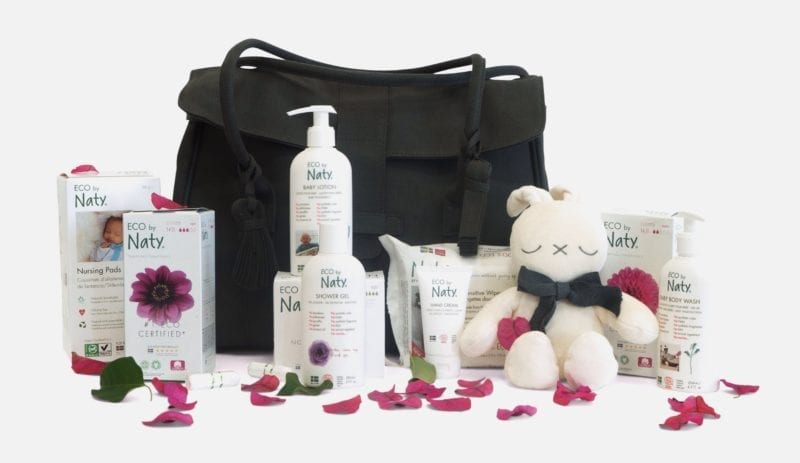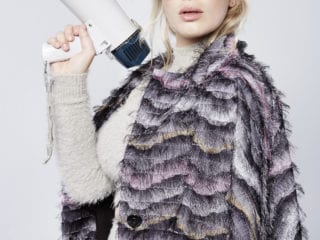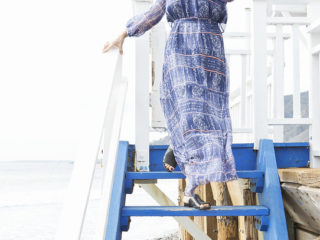As women, we’ve been aware for some time now of tragic stories involving Toxic Shock Syndrome or cancer causing ingredients in our skincare. But now is the time to really dive deep and evaluate every product we interact with. We interviewed Marlene Sandberg, founder of Eco by Naty and are so impressed by the work she’s started in Sweden that is now sweeping the U.S. Read on to learn all you need to know about the ecological products we should be using for ourselves and for our children.
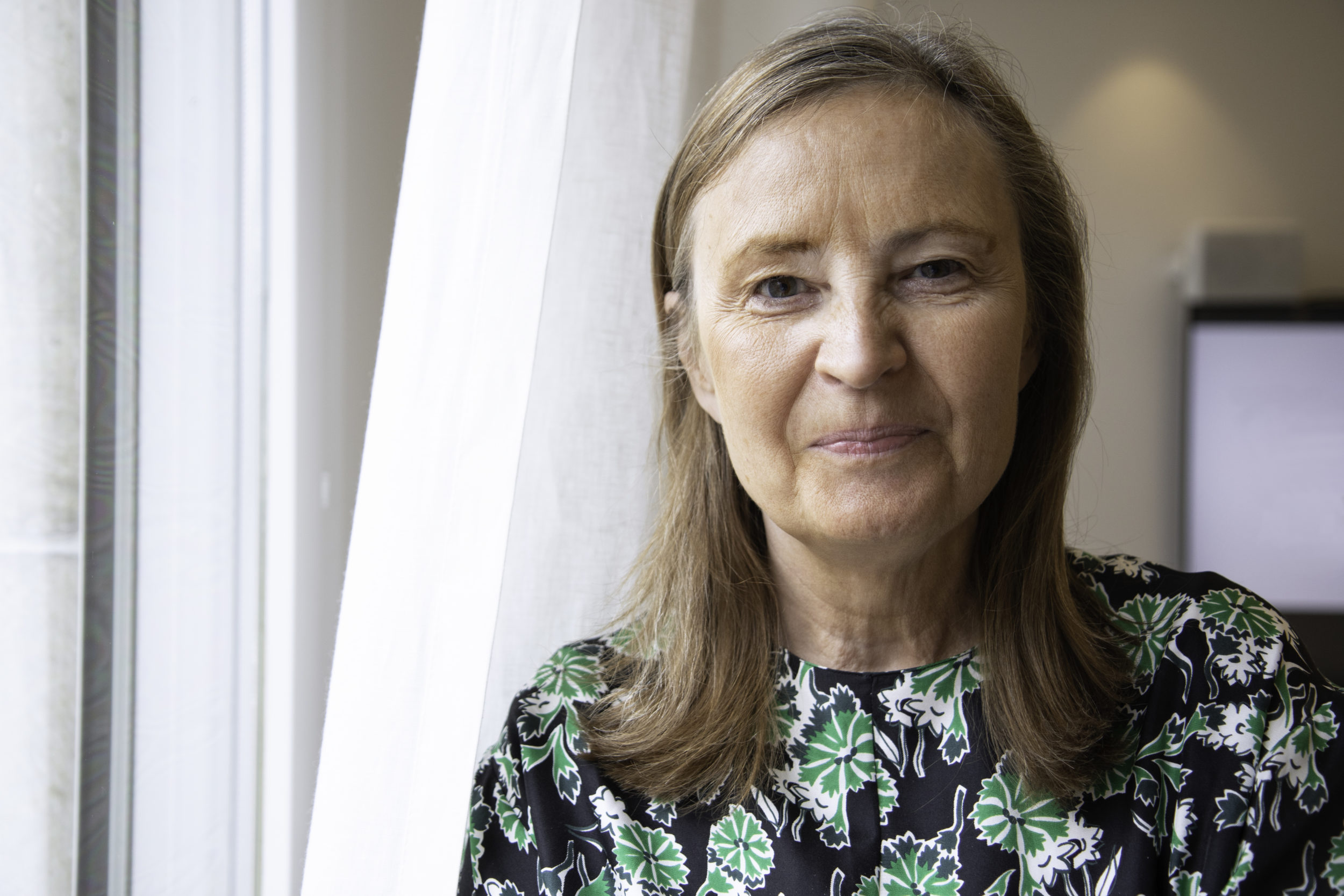
What was your original idea “spark” or inspiration for starting Eco By Naty?
The average child uses between 8,000 and 10,000 diapers in their lifetime. What’s probably more shocking is that most of the diapers on the market are at best 15% renewable, and some are not at all, meaning they are forever on our planet. At least no one knows for certain, since no one has lived long enough to see a plastic diaper biodegrade. The idea of that is rather scary isn’t it? What’s even more terrifying is that this is not an idea but rather a reality that very few people know about.
The first time I learned about any of this, it was in the mid 1990s. I was a corporate lawyer, sitting at the breakfast table with my family in Stockholm, reading the newspaper. My second son was born only a few weeks prior and my first son was still in diapers at this time. The article outlined the damaging effects disposable diapers had on the Swedish environment. It also stated that the average baby used a half-ton of diapers every year and these disposable diapers were mainly made out of oil-based plastics.
That hit me very hard. In one year, I’d produced an actual European ton of waste just from my son’s diapers. The article didn’t even mention the other things that go along with caring for a baby like wipes, nursing pads, packaging, creams, and so on. Over the next five years, I immersed myself in the world of diapers: how they were made, what materials were used, who makes them, everything. I learned quite a bit about the hormonal and cancerous chemicals that are put in diapers and other baby care items while going through the bleaching process. I couldn’t let go of the idea that there had to be a better way to approach disposable diapers and baby care products. I quickly learned that there needed to be a dramatic shift in the industry and someone needed to be the instigator.
So, what did I do? I left my job as a corporate lawyer and became an ecological diaper entrepreneur. In 1994, Naty was born and by 1998 we had our very first diapers on the shelves. I had to do my own research, my own testing; I did everything from the ground up. I was probably the only mother who didn’t want her kids out of diapers since I was testing the prototypes on them! Shortly after the diapers launched, I wanted to make sure that there were wipes that were ecological as well. Naty launched breast pads shortly after we launched wipes. We were able to launch our FemCare line by mid 2000s and eventually our toiletries a few years afterwards. By 2016, we had developed a 100% renewable potty, an organic diaper bag, and much more.
Seeing the difference we’re making on a daily basis helps drive me forward. I want to make a better world, a better future for my sons.
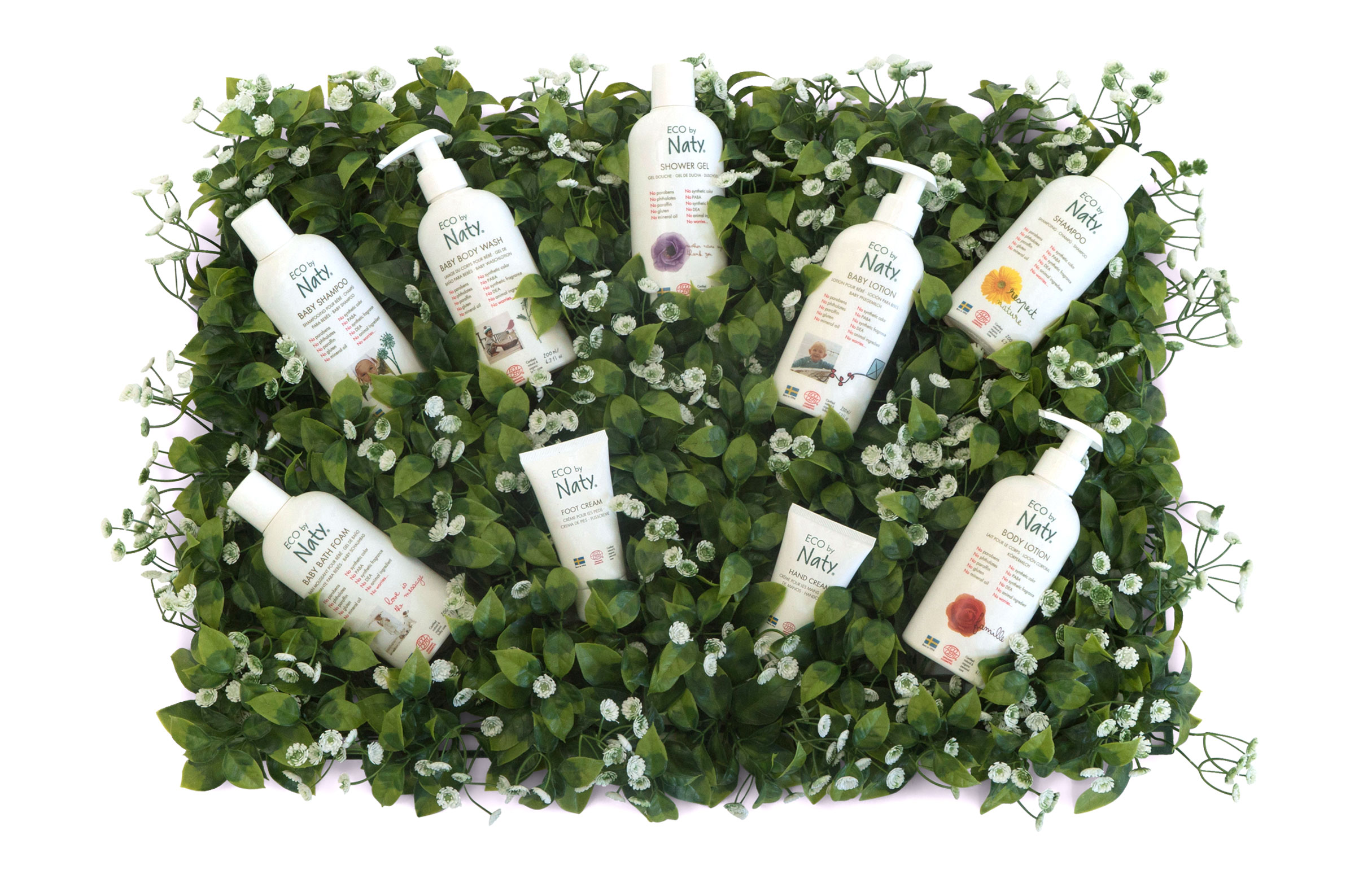
Talk to us about your industry—what are you doing different than others in your field?
We are leaders in this industry; we were doing 20 years ago what companies are starting to do now. Naty has been naturally and environmentally focused from day one. We like to keep things eco, honest, clean, simple, and Scandinavian. We’re a Swedish brand and it’s important that we keep those values. We have the highest content of renewable materials in a diaper on the market.
The biggest barrier we face on a daily basis is education: Why polypropylene (PPs) is bad for you and why you do not want chlorine or formaldehyde on you or your baby’s skin; what the issues are with artificial fragrances, dyes, or cotton and what the difference is between organic, biodegradable, compostable, natural, environmental, etc. We are willing to take the time to educate and want to help people learn so we can all live healthier, happier lives.
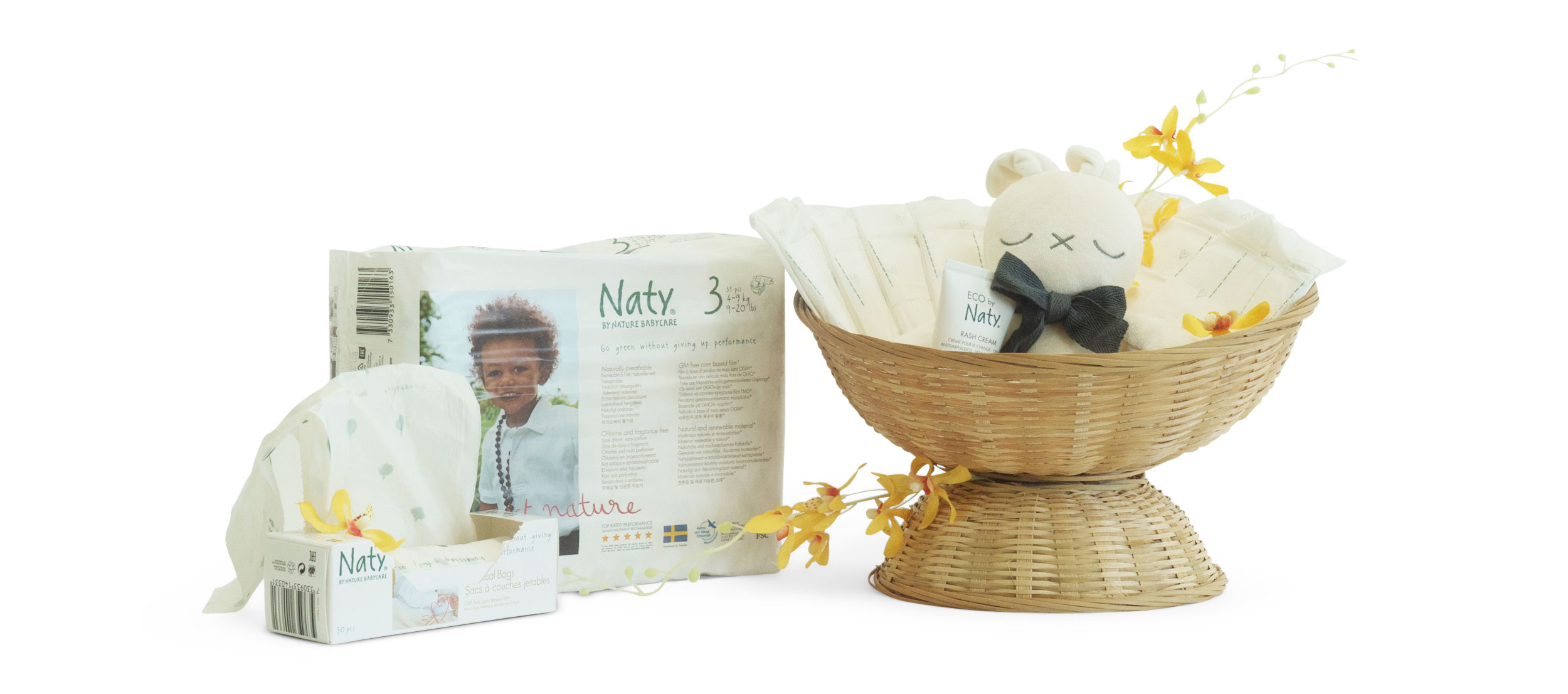
Why is it so important for women to use organic tampons?
The average woman uses 250 tampons a year. If she uses pads, it’s an average of eight pounds of garbage a year. This means that a woman can use more than 10,000 tampons and 300 pounds of pads in a lifetime. Most tampons and pads are made from oil-based plastics, meaning they will never biodegrade.
Environment aside, this means that there’s oil-based plastic in your body or against your skin. In addition, most tampons are bleached with chlorine creating traces of dioxin, which is cancerous and can lead to endometriosis. There have been several medical studies over the years showing a strong link between tampons and pads that contain artificial fragrances and colors, polyester, polyethylene (PET), polypropylene, and propylene glycol (PEG) to menstrual disruption, cancer, and infertility. Additionally, tampons often have synthetic rayon fibers, which stick to the vaginal wall resulting in irritation or infections.
Most tampons (and even pads) contain hormonal chemicals that drastically affect your body. The pesticides used on non-organic cotton plants break down into synthetic estrogen, which suppresses progesterone and can lead to issues with fertility over a prolonged timeframe.
Toxic Shock Syndrome (TSS) is very dangerous and is caused by micro tearing in the vaginal wall and a bacterial infection. Now consider the contents of a tampon; if you have a micro tear or cut, everything in that tampon is now in your body. At Naty, we like to always keep in mind that “what’s on your skin goes in your skin.” Who would put bleach on their skin? I wanted to give women options for how to handle their cycle. Our tampons are 100% cotton and the applicator is made out of recycled cardboard, so it’s one hundred percent renewable.
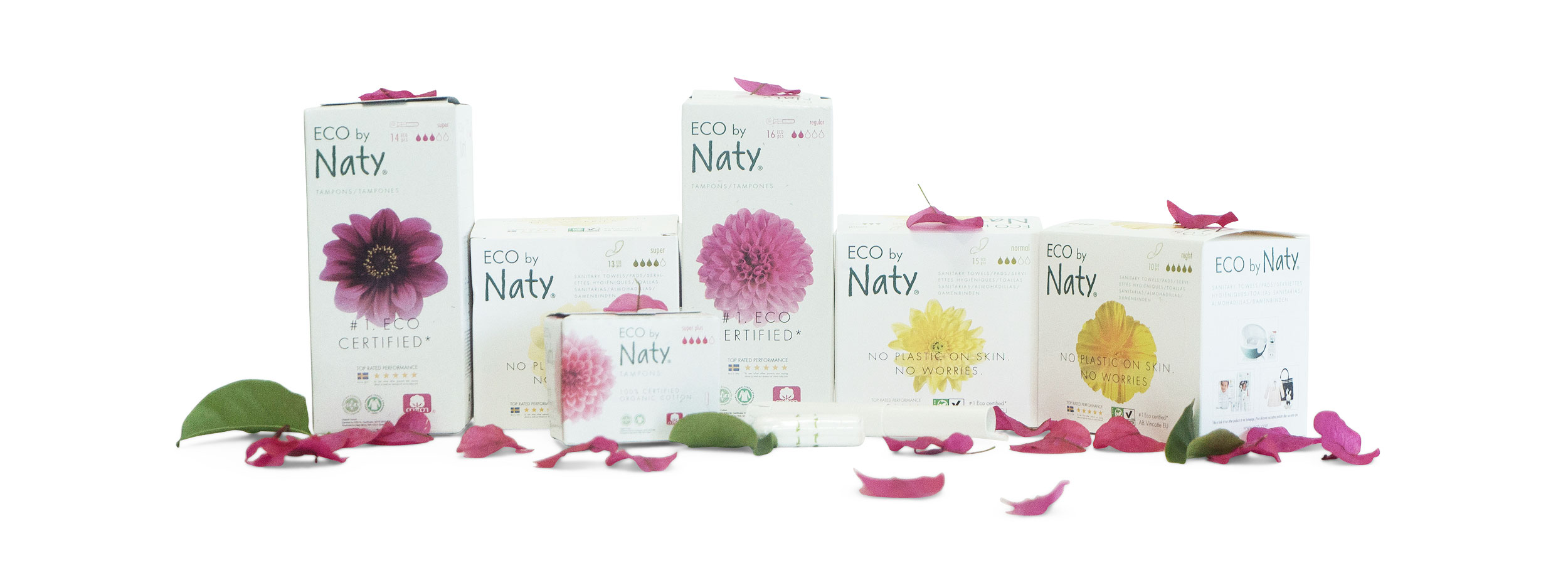
How do you create such an honest, open and transparent company?
The four character traits that I think are important are: hard work, engagement, loyalty, and honesty. I look for these in the people around me, those I work with, and especially in my business. There is so much greenwashing going on. We could have gone down that road ourselves if we wanted to, just using green-colored packs, claiming our diapers are eco-friendly. Most of our competitors play this game, but I had no intention of doing so. There are no shortcuts if you want to make a real change.
We use quality natural materials that cost up to five times more than standard materials. We have the highest certifications and standards globally, and we’re independently tested, something no other diaper company does. All of our products have an OK Biobased certification (among one of the highest standards), Ecocert, or a certification focused on that product, like our feminine care line. It’s very important for us to be authentic and earn the trust of the consumer. They have a right to know what is in the products they use on their children let alone what they use on themselves!
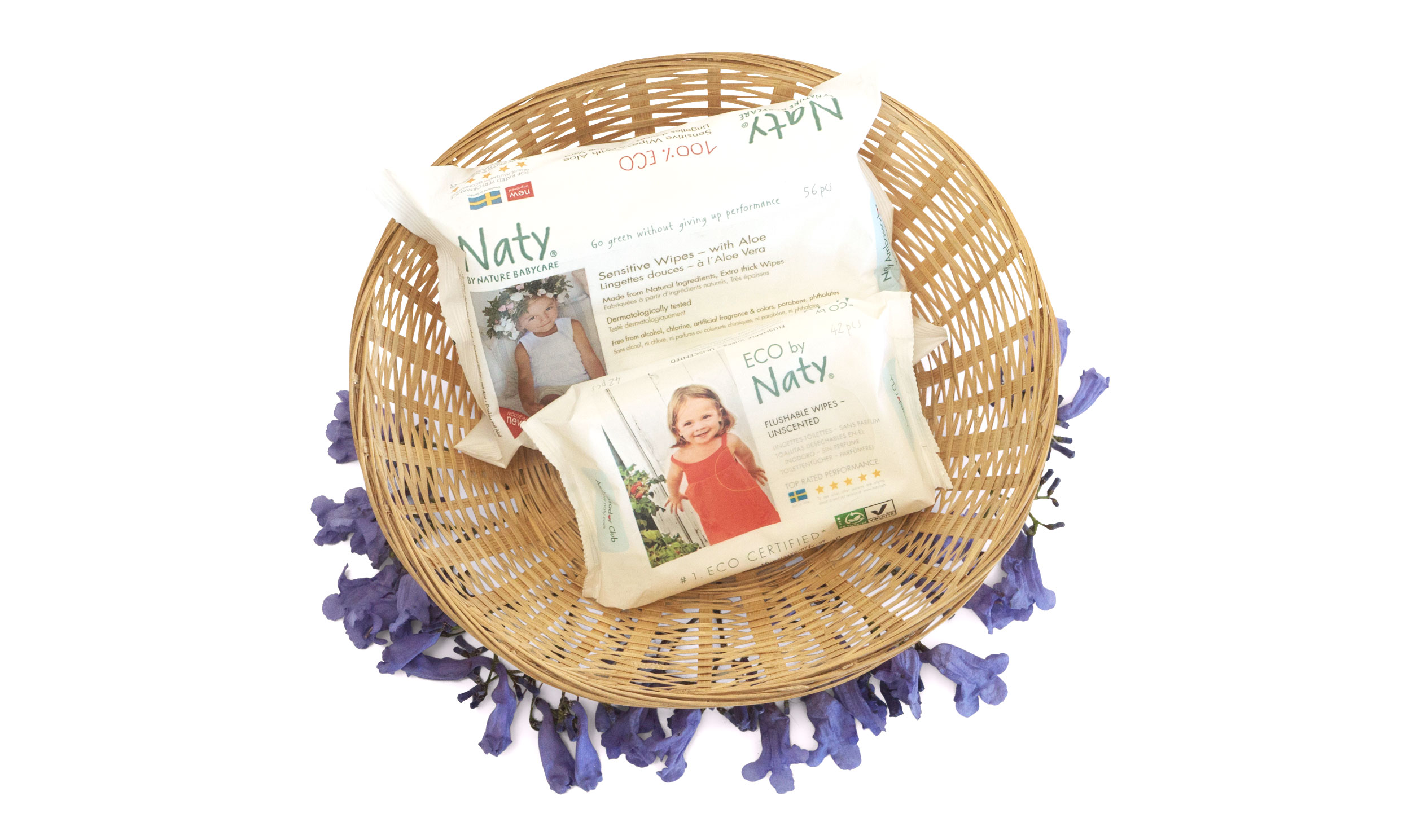
Tell us some fun science facts—how and why are your products’ ingredients better for humans and the environment?
Diapers are the highest selling baby product worldwide. In the U.S., an estimated 30 billion diapers are used per year, resulting in roughly 3.5 million tons of waste. Disposable diapers are the third largest consumer item in landfills and represent just under 30% of non-renewable waste in the U.S. Diapers also require somewhere between 440-880 lbs. of synthetic fluff pulp (which we use wood pulp for) and just under 300 lbs. of plastic per year to supply one baby with disposable diapers.
Most baby wipes are also made from plastic, which can break down but only into smaller plastics. These microplastics end up in our ocean, poisoning marine life and our water.
We start by choosing bio-based materials. Additionally, we take into consideration what impact the product has on the environment over the entire period of its life, including production and decomposition. We’ve created a diaper that uses only certified natural material against the baby’s skin and is 57% renewable; we also use sugar cane for our toiletry packaging.
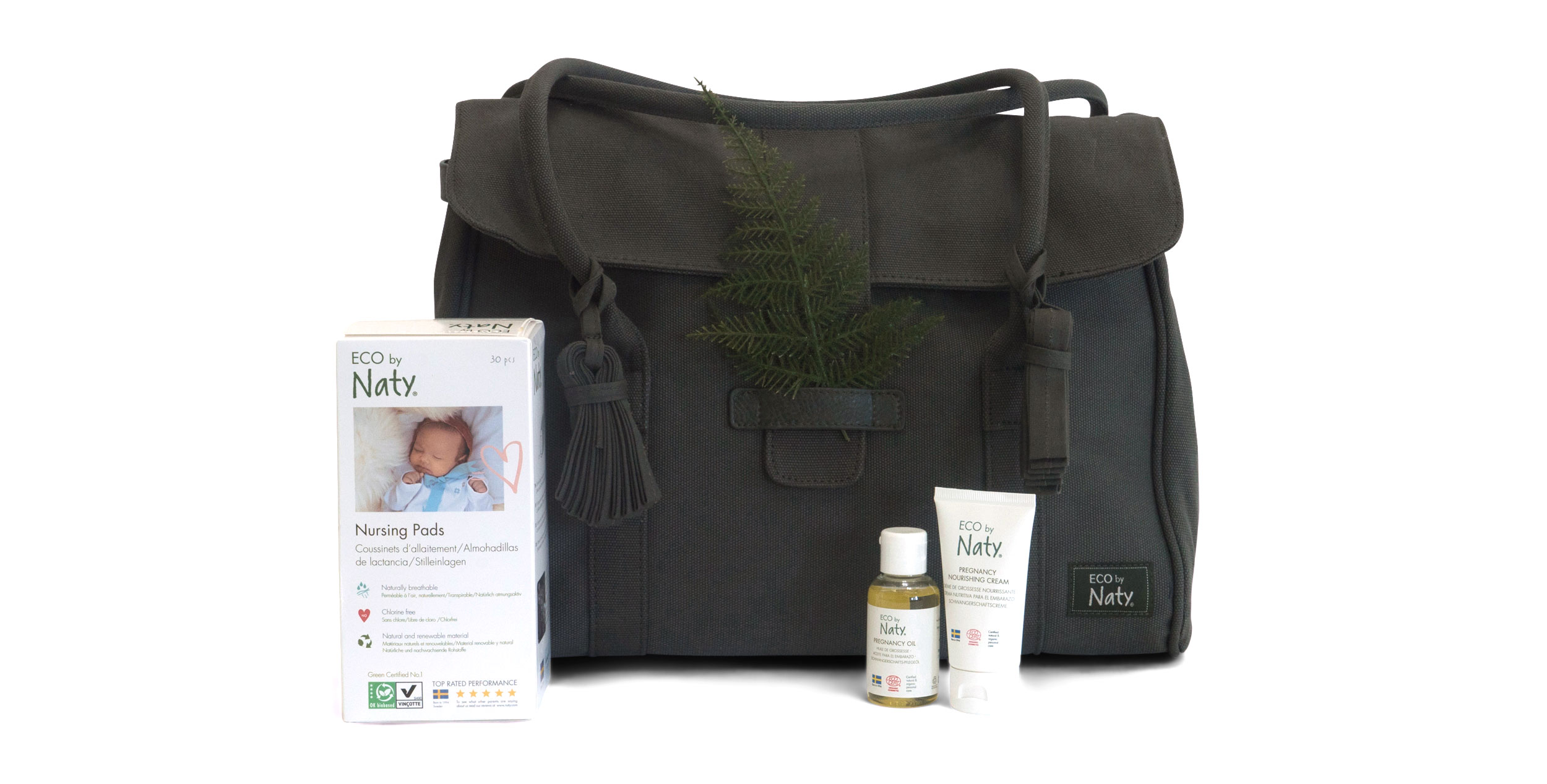
What can we do to help support your work?
Changing any industry takes time and it needs consumer’s support on every level. If we really want to dramatically affect the damage we’re doing to our bodies and the environment, we all need to make a choice to change. Maybe we can’t do everything all at once, but even a small step can help. Consumers need to demand eco products in all industries and ask for renewable and compostable packaging. I am confident that together we can change from the environment being an afterthought to it being a priority.
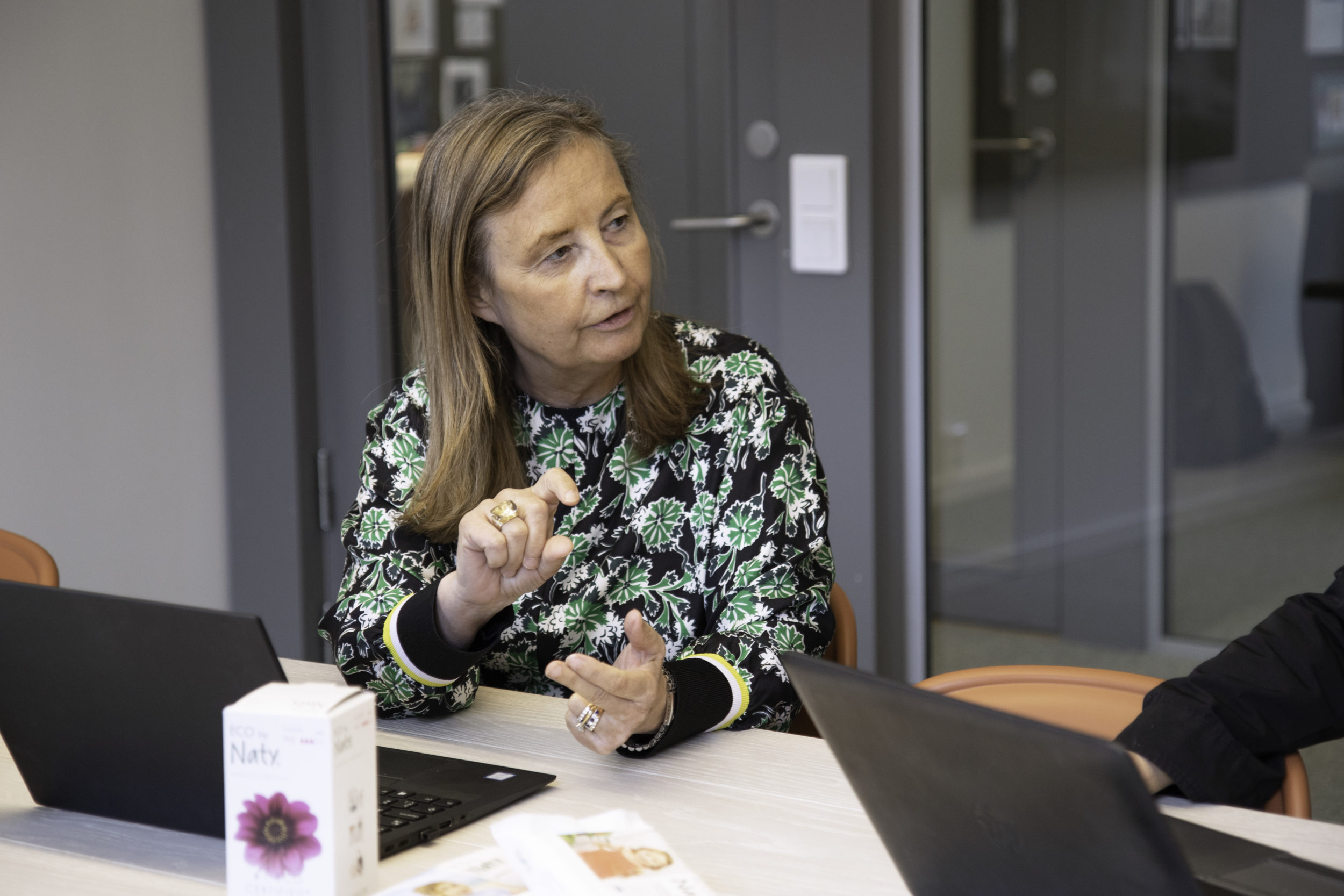
This post is brought to you by Darling partner, Eco by Naty. We’re proud to partner with brands that strive to make the environment better. All thoughts and opinions remain Darling’s own.
Product images shot by Darling and portraits by Eco by Naty.

